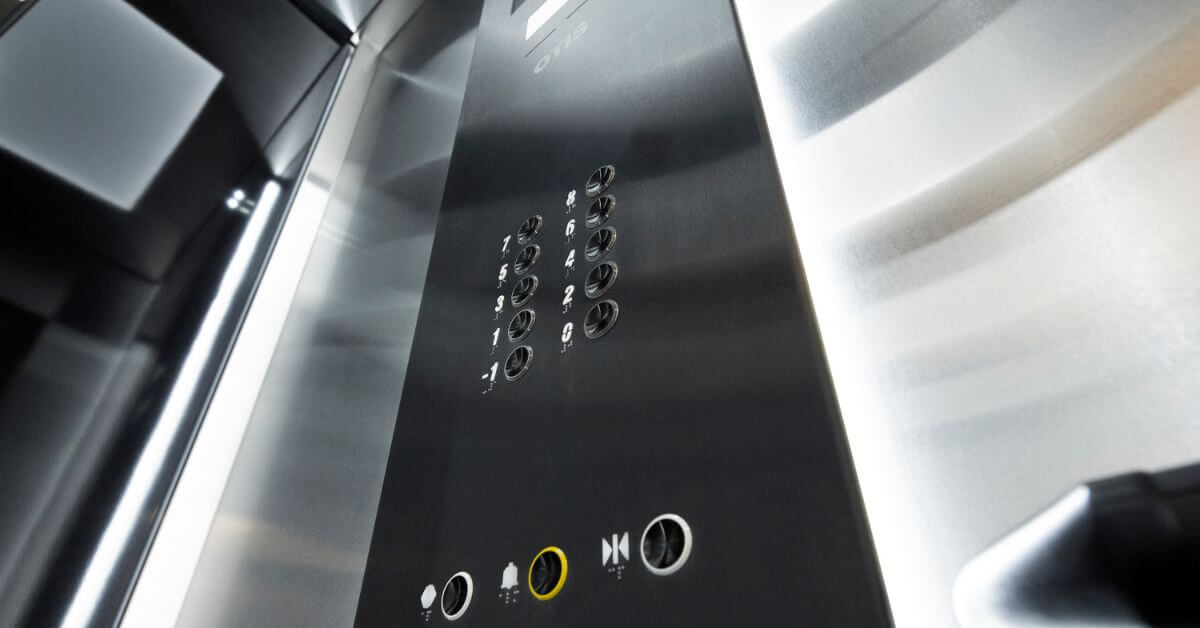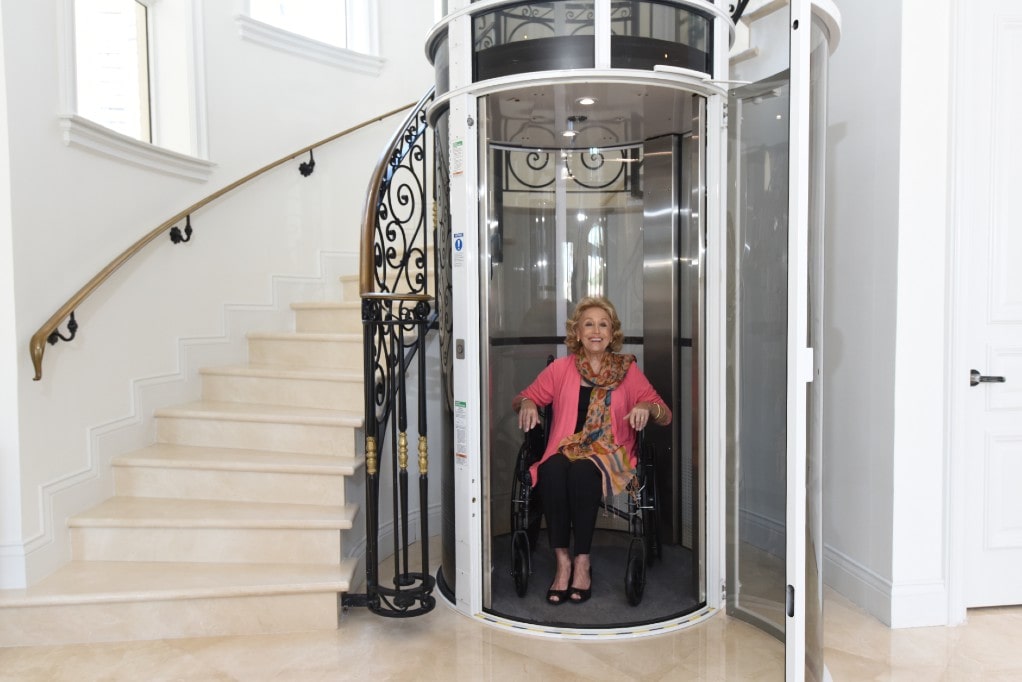London Lift Company: Relied On Specialists for All Your Upright Transport Demands
London Lift Company: Relied On Specialists for All Your Upright Transport Demands
Blog Article
Unraveling the Intricacies of Lift Technology: Troubleshooting Common Troubles Throughout Lift Designs
In the world of lift innovation, a myriad of complexities usually exist below the surface of what seems a simple device. From sluggish procedure problems to peculiar noises rising from the machinery, troubleshooting usual troubles across various lift models requires a keen eye for detail and a systematic strategy - repair and maintenance services. As we get started on this trip to unwind the complexities that can torment these essential gadgets, a deeper understanding of the internal functions and possible risks of lift technology is essential. Stay tuned as we browse with the maze of lift breakdowns, looking for remedies to the enigmatic issues that can interfere with the smooth functioning of these crucial apparatuses.
Identifying Slow Operation Issues

Following, check the electrical connections to make certain that all elements are effectively linked and working. Damaged electrical wiring or loosened connections can bring about slow down operation or complete malfunction of the lift system. In addition, it is important to evaluate the control system to figure out if the concern hinges on the programs or sensing units.
If the aesthetic evaluation and electric checks do not expose the origin cause of the sluggish operation, further diagnostic examinations might be needed. These can include stress examinations for hydraulic systems, voltage tests for electrical components, or running analysis software application for the control system. repair and maintenance services. By following a systematic approach to troubleshooting slow-moving procedure concerns, you can effectively determine and settle the trouble, making certain the lift runs securely and efficiently
Attending To Odd Noises
To properly repair lift modern technology for odd sounds, a thorough assessment of the lift components complying with the recognition of slow operation problems is critical. Weird noises in lifts can be a measure of underlying problems that require prompt focus to ensure the safety and dependability of the system. Typical resources of weird noises in lifts include worn-out or misaligned pulley-blocks, damaged electric motor bearings, broken or loose suspension ropes, and malfunctioning control systems. When attending to unusual noises, it is vital to perform a systematic examination of these components to pinpoint the specific source of the noise precisely. This may entail examining for any kind of noticeable indications of deterioration, testing the performance of motor bearings, tightening up loosened links, and lubing relocating components as required.
Additionally, it is important to describe the lift producer's maintenance guidelines and look for support from certified professionals when handling intricate lift components or unknown troubleshooting procedures. By quickly dealing with and dealing with weird sounds underlying problems, lift operators can ensure the ideal performance and safety of the lift system for operators and passengers.
Handling Faulty Control Troubles
An efficient technique for resolving defective control troubles in lift technology entails carrying out a comprehensive evaluation of the control system's elements and functionality. When running into concerns with lift controls, it is critical to very first check for any kind like this of loose links, damaged electrical wiring, or malfunctioning sensors. Verifying that all control keypads, switches, and displays are working appropriately is likewise necessary in detecting the trouble precisely.
If no visible issues are apparent, service technicians should proceed to examine the control panel for any indicators of water rust, damages, or overheating, as these can usually result in control malfunctions. Furthermore, resetting the control system or updating the software program might aid solve specific glitches or pests triggering the trouble.

Taking On Hydraulic System Malfunctions
The performance of hydraulic systems in lifts relies greatly on the correct functioning of various components within the system. When hydraulic systems malfunction in lifts, it can cause functional disruptions and safety problems. One usual concern is hydraulic liquid leakage, which can take place as a result of worn-out seals, loose connections, or harmed cyndrical tubes. To tackle this issue, technicians must conduct a comprehensive assessment to recognize the resource of the leakage and change any type of damaged parts without delay.
One more constant hydraulic system malfunction is a loss of stress, which can arise from air going into the system, fluid contamination, or pump ineffectiveness. Specialists can resolve this by hemorrhaging the system to get rid of air, changing contaminated liquid, or servicing the pump as needed. Additionally, irregularities in hydraulic liquid levels or uncommon sounds throughout lift operation may indicate underlying system breakdowns that require immediate interest to prevent more damage. Routine maintenance and prompt troubleshooting of hydraulic system concerns are vital to guaranteeing the effective and risk-free operation of lift innovation.
Managing Electrical Component Failings
Attending to electric element failures in lift innovation demands an organized strategy to diagnosing and settling issues to preserve operational performance and safety and security standards. When encountering electrical troubles in lift systems, it is vital to first carry out a thorough evaluation of the electric parts, including control board, wiring, sensing units, and circuit boards. Any indications of damages, corrosion, loose links, or scorched aspects should be meticulously kept in mind and addressed promptly to avoid additional difficulties.
When it comes to electric component failures, it my website is important to adhere to supplier standards for repairing and fixing treatments. This might involve testing the elements making use additional hints of multimeters, oscilloscopes, or other diagnostic devices to pinpoint the precise resource of the malfunction. In addition, having a thorough understanding of the lift's electrical schematics and electrical wiring diagrams can help in determining and rectifying concerns effectively.
Routine upkeep and evaluation timetables can assist protect against electric failures by identifying prospective concerns early. Correct training for lift technicians on electrical systems and parts is likewise essential to make sure precise medical diagnosis and efficient resolution of electric issues, inevitably adding to the total safety and security and reliability of lift operations.
Conclusion
To conclude, fixing lift technology needs a systematic strategy to recognize and deal with common problems such as sluggish procedure, weird sounds, defective controls, hydraulic system malfunctions, and electrical element failures. By recognizing the intricacies of lift technology and complying with correct troubleshooting actions, specialists can efficiently fix problems and make sure the secure and reliable operation of lifts throughout numerous designs.
To properly troubleshoot lift technology for strange sounds, a detailed exam of the lift parts complying with the recognition of slow-moving procedure issues is vital. Strange sounds in lifts can be a sign of underlying problems that call for prompt interest to ensure the safety and dependability of the system.An effective approach for attending to defective control troubles in lift technology includes conducting a thorough evaluation of the control system's elements and capability.The efficiency of hydraulic systems in lifts relies greatly on the proper performance of various parts within the system. repair and maintenance services. When running into electric problems in lift systems, it is essential to first perform a thorough evaluation of the electric elements, including control panels, wiring, sensing units, and circuit boards
Report this page